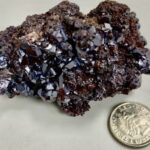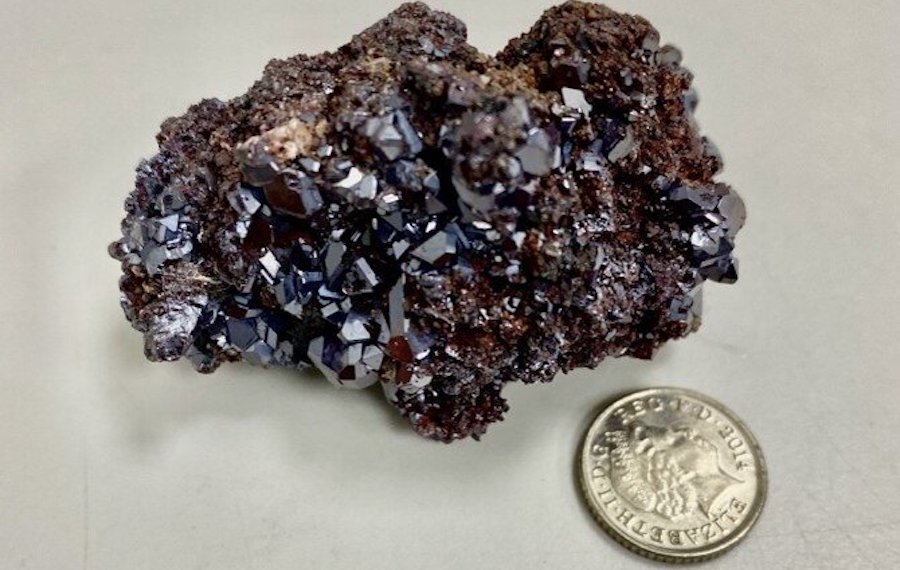From the Gemstone to the Quantum Computer: crystalline copper oxide can open new avenues for computation


New research conducted by the University of St Andrews in the UK has found that a special form of light made using an ancient Namibian gemstone could be the key to new light-based quantum computers capable of solving long-standing scientific mysteries. date.
In detail, the study found that by using a precious stone of cuprous oxide in crystalline form (Cu2O) extracted naturally from Namibia it is possible to produce Rydberg polaritons, the largest hybrid particles of light and matter ever created. These are protons to which, we could say, a photon has been attached, thus making them a hybrid particle.
Rydberg's polaritons continuously pass from light to matter and vice versa. In Rydberg's polaritons, light and matter are like two sides of a coin, and the side of matter is what makes the polaritons interact with each other.
This interaction is critical because this is what enables the creation of quantum simulators, a special type of quantum computer, in which information is stored in quantum bits. These quantum bits, unlike binary bits in classical computers which can only be 0 or 1, can take any value between 0 and 1, not just 0 and 1. They can therefore store much more information and run several processes at the same time.
In an article published in the journal Nature Materials , the researchers behind the discovery explain that this capability could allow quantum simulators to solve important mysteries in physics, chemistry and biology: for example, how to make high-temperature superconductors for high-speed trains. speed, how cheaper fertilizers could potentially be able to solve world hunger, or how proteins fold making it easier to produce more effective drugs.
"Building a quantum simulator with light is the holy grail of science," project leader Hamid Ohadi said in a statement to the media. "We took a huge step in this direction by creating the Rydberg polaritons, the key ingredient in it."
To create the Rydberg polaritons, the researchers trapped light between two highly reflective mirrors. A cuprous oxide crystal from a stone mined in Namibia was then diluted and polished to a 30 micrometer thick plate and sandwiched between the two mirrors to make Rydberg polaritons 100 times larger than ever before.
Following this work, the team decided to further refine these methods to explore the possibility of making quantum circuits, which are the next ingredient for quantum simulators.
These are discoveries of great interest and which open a real new world from a scientific point of view. The future may be much more interesting than we think.

Thanks to our Telegram channel you can stay updated on the publication of new articles of Economic Scenarios.
The article From the Gem to the Quantum Computer: crystalline copper oxide can open new avenues for computation comes from ScenariEconomici.it .
This is a machine translation of a post published on Scenari Economici at the URL https://scenarieconomici.it/dalla-gemma-al-computer-quantico-lossido-di-rame-cristallino-puo-aprire-nuove-strade-alla-computazione/ on Fri, 29 Apr 2022 12:00:21 +0000.
